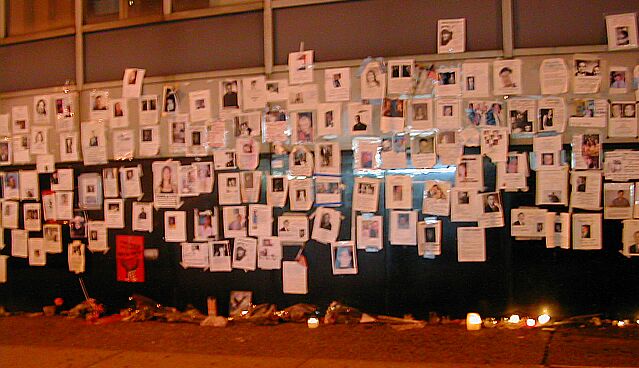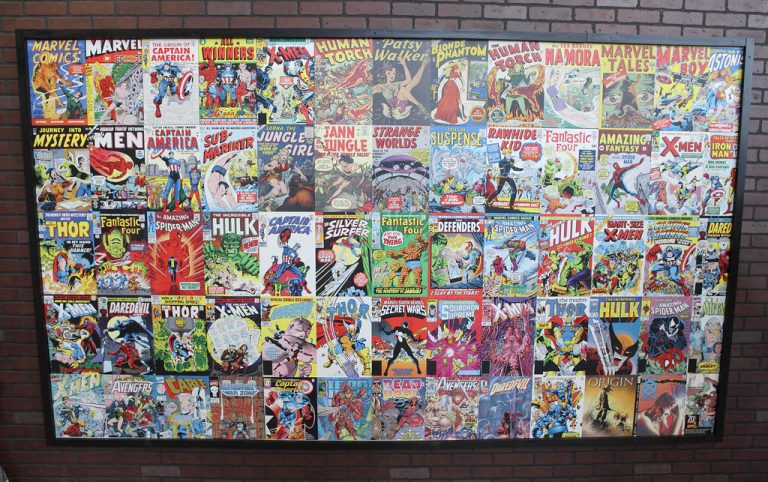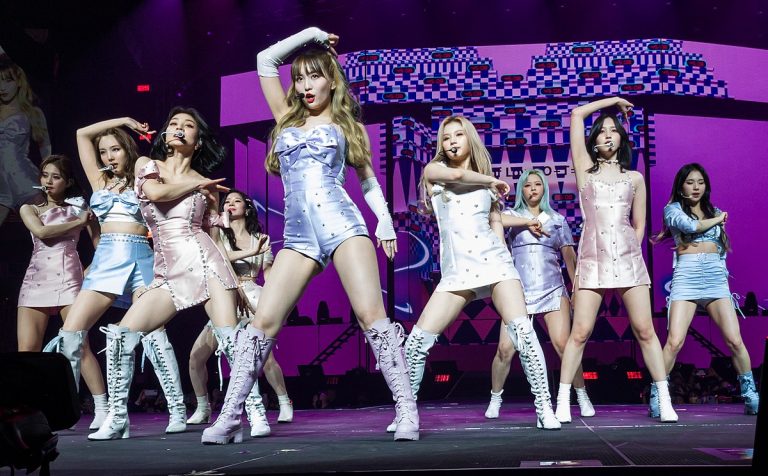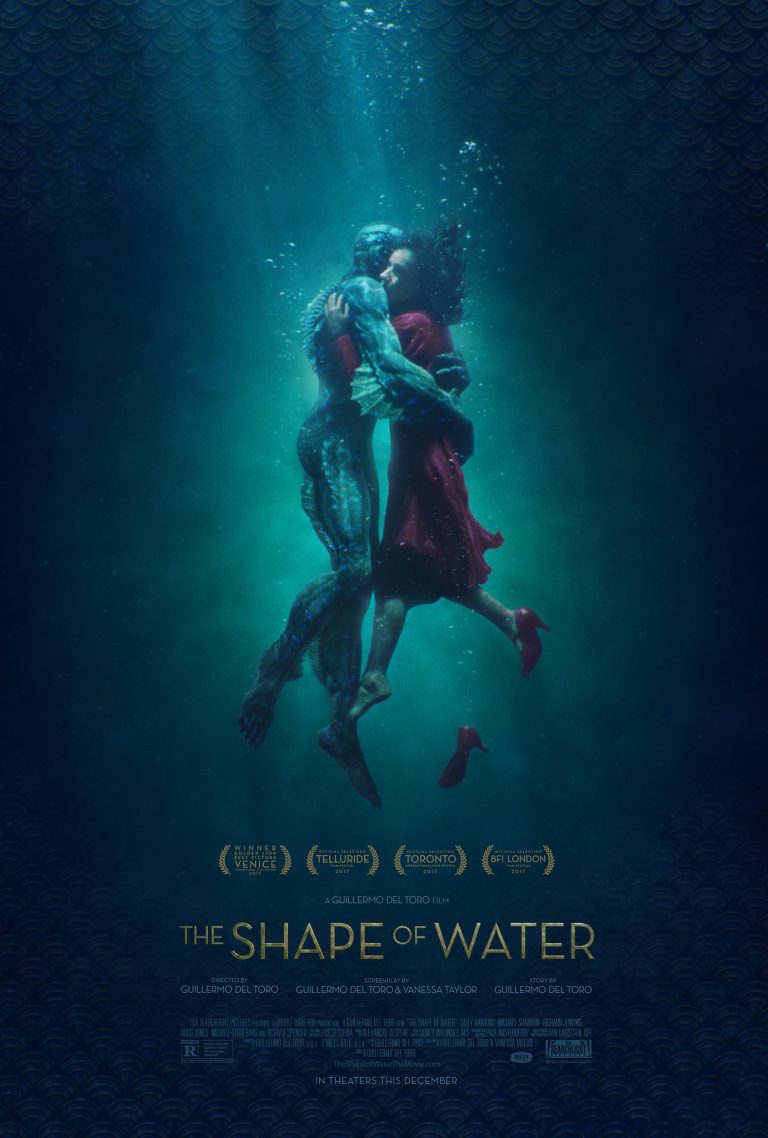Missing White Girl Syndrome: Why a Lack in Equal Media Coverage Should Bother You

When we turn on the news, there are cases of missing persons every day. This is not new. Sadly, people go missing every day and there are dozens of channels with investigative shows such as Dateline covering them. But in regards to missing persons cases, who exactly gets the most coverage? Arguably, white people do. Lack of diversity also seeps into the kind of media coverage we are going to see on the news regarding missing persons.
What Is Missing White Girl Syndrome?
The term that has been coined for this phenomenon is called “Missing White Girl Syndrome.” This is the notion that cases of missing white people, specifically white women, are more likely to receive coverage across the news as well as social media. While cases of missing people affect all demographics, it is specifically the cases of white women, that are deemed “attractive,” that seem to get the news channels talking and the trending hashtags on Twitter. It is the Natalee Holloways, Laci Petersons, and most recently Gabby Petitos that seem to captivate national media attention.
Racial bias is a major factor in why most people seem to only remember, or care, about the cases of missing white people. The historical favoritism of whiteness and the victimization of white people in the criminal justice system creates this racial bias as well as a singular attraction to missing persons cases when they are white. The majority of people of color, Black people, queer people, or other marginalized communities are either negatively covered or not covered at all.
This political cartoon by Christopher Weyant demonstrates the “Missing White Girl Syndrome” well.
The Coverage of Gabby Petito’s Case
The case of Gabby Petito, while tragic and disheartening, did shed significant light on the coverage of missing white women in Wyoming in comparison to Indigenous women in that area. In Wyoming, where much of the search for Petito occurred, the coverage for missing Indigenous women was extremely low.
“Just 18% of cases of missing Indigenous women over the past decade had any media coverage, according to a state report released in January.”
According to that same article, the case of missing Navajo rug weaver, Ella Mae Begay received virtually no local or national coverage in the 3 months since she has vanished. The search parties and social media posts became scarce while the Petito case received an innumerable amount of coverage in just the few weeks the story broke out, more so than any received for the Begay case. This seems to be the case when it comes to racial minorities across the board: “One sample of 247 missing teens in New York and California found 34% of white teens’ cases were covered by the media, compared to only 7% of Black teens and 14% of Latino kids.” Why is that?
How Do Harmful Stereotypes Affect Coverage of Missing Persons Cases?
Harmful stereotypes in the media can also help reinforce the reasons for why marginalized communities receive less coverage and help from law enforcement. Black people typically get stereotyped as aggressive, violent, and historically, “inferior” to white people, making people less interested in finding missing young Black men and women because of subliminal discrimination. Furthermore, people who identify as LGBTQIA+ also receive significantly less media coverage. One reason speculated is because when many people who identify as Trans or Queer come out to family, many are not accepted in their households, so missing person cases end up as situations in which the the person is a “runaway” from a negative household. This means less law enforcement is put on these cases since the blame is shifted to the person and that they chose to “disappear” in these circumstances. Not only is media coverage astonishingly low but we see blame shifted in order to negatively cover these cases.
The Need for Equal Coverage
Where are the search parties for the Ella Mae Begays? Where is the FBI for cases like Jelani Day, a missing Black man? This is not to say that the cases of missing white people deserve less attention. This is to say that these cases involving Black people, Queer people, Indigenous people, and so on, should receive equal amount of coverage. The need for diversity and inclusion in the media persists. This could drastically change the statistics on how many of these people are found alive or even how many mysteries are solved.





